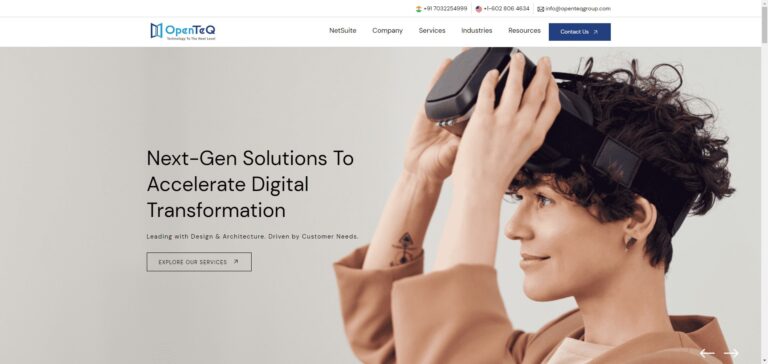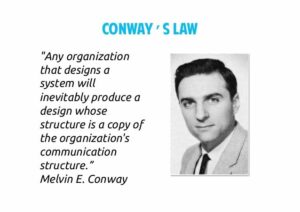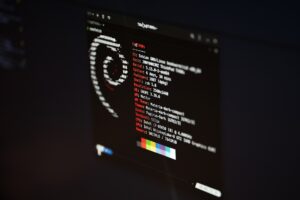Unveiling the Power of Headless ERP: Revolutionizing Business Operations
In the ever-evolving landscape of enterprise resource planning (ERP), a new player has emerged to reshape the way businesses manage their operations — the headless ERP. Unlike traditional ERP systems, which are often monolithic and tightly integrated, headless ERP introduces a flexible and modular approach to empower businesses with greater agility and scalability. In this article, we will delve into the concept of headless ERP, its key features, and the potential benefits it offers to modern organizations.

Understanding Headless ERP
At its core, a headless ERP system decouples the front-end and back-end components, allowing businesses to utilize the back-end functionality without being constrained by a predetermined user interface. In a traditional ERP system, the user interface (the “head”) is tightly integrated with the underlying business logic and data structures (the “body”). In contrast, a headless ERP system separates these elements, providing a more modular and flexible architecture.
Key Features of Headless ERP
- API-Driven Architecture: Headless ERP relies on application programming interfaces (APIs) to enable communication between the front-end and back-end systems. This API-driven architecture allows for seamless integration with various applications, services, and devices, fostering interoperability and data exchange.
- Modularity and Flexibility: With the headless approach, businesses can pick and choose the functionalities they need without being bound to a predefined set of features. This modularity enhances flexibility, enabling organizations to adapt and evolve their ERP systems according to changing business requirements.
- Multi-Channel Accessibility: Headless ERP supports multi-channel accessibility, allowing users to interact with the system through different devices and platforms. Whether it’s a web browser, mobile app, or IoT device, users can access and utilize ERP functionalities in a way that suits their preferences and workflow.
- Scalability and Future-Proofing: The decoupled nature of headless ERP facilitates scalability, making it easier for organizations to scale their ERP systems as their business grows. Additionally, the modular design enhances future-proofing, enabling seamless integration of new technologies and functionalities without disrupting the entire system.
- Enhanced User Experience: By decoupling the front-end from the back-end, headless ERP allows businesses to create customized and user-friendly interfaces tailored to their specific needs. This results in a more intuitive and efficient user experience, as users can interact with the ERP system in a way that aligns with their workflow.
Benefits of Headless ERP
- Adaptability to Changing Needs: Businesses operating in dynamic environments can benefit from the adaptability of headless ERP, as they can easily add or remove functionalities based on evolving requirements.
- Integration with Best-of-Breed Solutions: Headless ERP facilitates integration with best-of-breed solutions, allowing organizations to leverage specialized tools for specific functions while maintaining a cohesive and centralized data management system.
- Agility and Time-to-Market: The modular nature of headless ERP accelerates development cycles and reduces time-to-market for new features and updates. This agility is crucial for businesses aiming to stay competitive in rapidly changing industries.
- Cost-Efficiency: Businesses can optimize costs by investing in only the functionalities they need, avoiding the overhead associated with implementing an entire monolithic ERP suite.
Conclusion
Headless ERP represents a paradigm shift in the world of enterprise resource planning, offering businesses a more flexible, scalable, and adaptable solution to meet their unique needs. As organizations continue to seek innovative ways to streamline operations and stay ahead of the competition, the headless ERP approach provides a strategic advantage by combining modularity, flexibility, and enhanced user experiences. Embracing the headless ERP model can position businesses for success in an era where agility and efficiency are paramount.
Listings related to article "Unveiling the Power of Headless ERP: Revolutionizing Business Operations"
UPI Chalega
UPI, or Unified Payments Interface, serves as a digital payment solution enabling the effortless transfer of funds between bank accounts via mobile phones.
- Category
- Business » Financial Services » Banking Services
OpenTeQ
OpenTeQ’s technology consulting services guide you through your transformation journey, leveraging design, technology, and agility.
- Category
- Computers » Software » Development Companies
More articles like "Unveiling the Power of Headless ERP: Revolutionizing Business Operations"
Conway’s Law: Understanding the Deep Connection Between Software Design and Organizational Structure
Conway’s Law, proposed by computer programmer and researcher Melvin Conway in 1968, is a fascinating observation that sheds light on the intricate relationship between software design and the structure of the organizations that create them. It highlights how the communication patterns and dynamics within a team or company significantly influence the architecture and design of […]
Understanding the Key Differences Between Unix and Linux
The world of operating systems is rich and diverse, with Unix and Linux being two prominent names in the realm of open-source software. Both Unix and Linux share a common ancestry, yet they have developed into separate entities with unique characteristics and features. This article aims to shed light on the main differences between Unix […]
Event-Driven Programming: Unleashing the Power of Real-Time Interactions
Event-driven programming is a paradigm that has transformed the way software applications handle real-time interactions and responsiveness. In traditional programming, a program typically follows a sequential flow of execution, where each instruction is executed in order. Event-driven programming, on the other hand, is driven by events, such as user actions, system notifications, or external signals, […]






